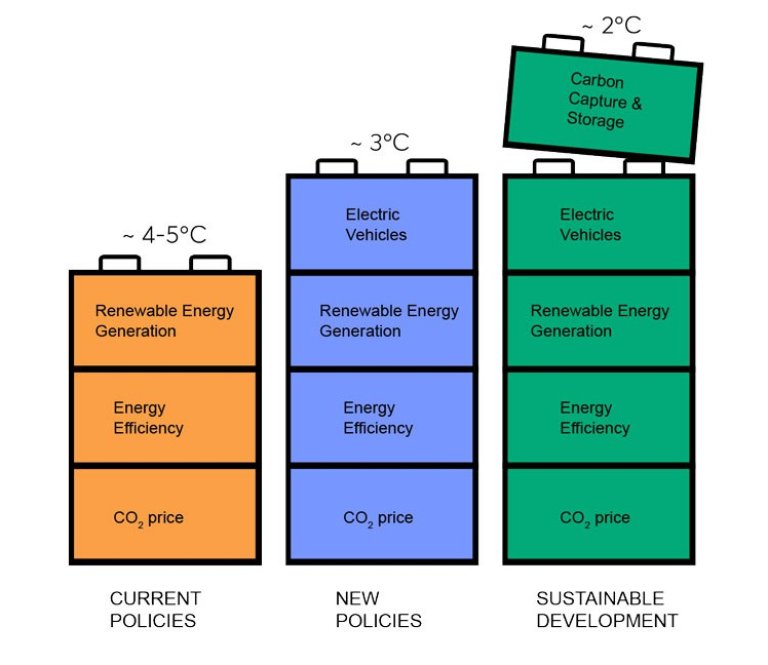Scientists demystify climate scenarios for investors
Scientists demystify climate scenarios for investors
Climate change is a real financial risk, but the risk depends on the complex evolution of climate policy, technology, and the climate system. CICERO’s new climate scenario guide explains how investors can use scenarios to evaluate different financial risks.
Download the Climate Scenario Guide - Climate Scenarios Demystified here.
WHEN is scenario analysis useful?
WHICH scenarios should be used?
WHAT do scenarios imply?
“Many investors wonder how best to prepare for climate risks in their portfolios. They know how to access traditional financial risks but not necessarily how to interpret climate scenarios. CICERO’s guide helps to demystify the use of scenario analysis for assessing the changes in policy or technology and the potential implications on investment holdings,” said Ashley Schulten, Head of Climate Solutions, Fixed Income, at BlackRock.
The climate scenario guide was developed in close dialogue with world-leading investors, represented on the Advisory Board of CICERO Climate Finance and will be launched at an event co-hosted by BlackRock and Norges Bank Investment Management, on 2 February, in London.
“The CICERO scenario guide is a first step towards creating a common understanding on climate scenarios as we respond to the Financial Stability Board’s Task Force. Investors are just beginning the journey of understanding, implementing, and reporting on climate risk. Working closely with climate scientists at CICERO provides a solid foundation,” said Patrick du Plessis, Global Head of Risk Monitoring, Norges Bank Investment Management.
Plan for 2ºC ... but also 3ºC and 4ºC
In line with the recommendations of the Task Force, CICERO recommends investors to stress test their portfolios against a range of climate scenarios.
However, the climate scientists warn to look beyond the Paris Agreement, which aims to limit global warming to well below 2ºC above pre-industrial levels.
“Based on today’s policy ambition, most studies indicate the world is heading towards a global average of 3ºC global warming by 2100. We advise investors to consider a rapid transition towards 2ºC to assess transition risk, and upwards towards 4ºC for physical risks,” said Glen Peters, a Research Director at CICERO working on emission trends and scenario.
The CICERO scenario guide is a first step towards creating a common understanding on climate scenarios.
PATRICK DU PLESSIS, GLOBAL HEAD OF RISK MONITORING, NORGES BANK INVESTMENT MANAGEMENT
Useful for some risks and periods ... but not all
“Scenario testing is especially useful to prepare for transition risk, i.e. changes in policy, technologies or liability risk. We have dissected common scenarios into building blocks, showing the underlying logic as well as the most important elements in these scenarios”, said Alexander Berg, Senior Advisor Climate Finance at CICERO.
This guide helps to demystify the use of scenario analysis for assessing the changes in policy or technology and the potential implications on investment holdings.
ASHLEY SCHULTEN, HEAD OF CLIMATE SOLUTIONS, FIXED INCOME AT BLACKROCK

For physical risks, however, scenario analysis is not always useful, the scientists suggest.
“Extreme weather and physical changes are already happening and are going to increase in the next decade, regardless of the emission scenario, because of past greenhouse gas emissions and infrastructure investments. We advise investors to prepare for physical risks immediately,” said Christa Clapp, Research Director Climate Finance.
The scenario guide suggests sample questions for investors to understand climate risk in their portfolios.
